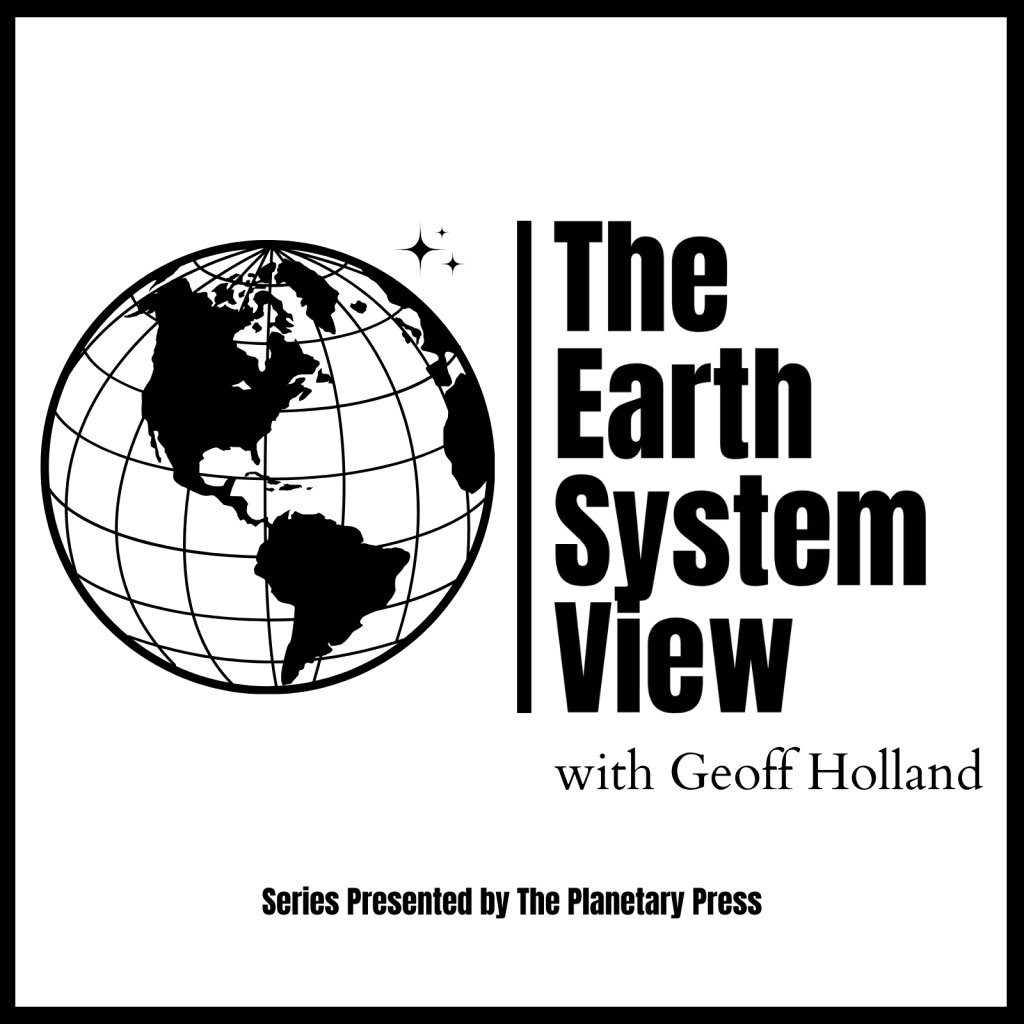
Joan Diamond’s career has spanned public education, corporate leadership, and, for the last 30 years, as executive director in civil society organizations covering nuclear threats, environmental degradation, and the all-inclusive human predicament. She is an experienced scenarist, running sessions in China, Japan, Vietnam, and South Korea, to name a few. She has also worked with North Korea on green buildings and energy, as well as other energy issues in Mongolia and India, and contributed to multiple COP meetings.
Most recently, Joan Diamond managed The Millennium Alliance for Humanity and the Biosphere, an initiative formerly hosted by Stanford University.
Geoffrey Holland: The human population has more than doubled in just the past 50 years, from four billion to more than eight billion, with every added person needing food, water and shelter to survive. You have long expressed deep concern for our Earth’s environment. Where do things stand in the human relationship with nature and the environment at this point?
Joan Diamond: The late E.O. Wilson once said something along the lines of people are naturally drawn to nature. That’s our natural human way of being. You look at children, look at people who have time to sit and give attention; there is a gravitation towards beauty and nature and a connection to it. So, the question is, what are the barriers to protecting nature and expressing that connection? I don’t have an answer on what all of the barriers are. Certainly, the massive growth in the number of people, accommodating so many people, is a big part of it. A useful way of looking at our relationship to nature is to determine what are the barriers to expressing and living in our inclination to be connected to it. Let’s focus on the barriers and get past them.
GH: Humans have long organized themselves into male-dominant cultures that marginalize women and reduce nature to an inventory of resources for exploitation and a repository for every kind of human and industrial waste. Has the time come for humanity to get past that kind of thinking, and if so, how must we change the way we look at our world?
JD: One needs to think about how we’ve organized ourselves in the past, and usually, that has been in male-dominant cultures. There have been exceptions. It’s important to recognize that the issue is more complex than simple male domination. The issue involves so much more than that. Certainly, you cannot make progress as long as any group, regardless of ethnicity, gender, age, or race, dominates others. There is no progress when any individual part of the human geography is marginalized and not recognized as a complete and valued human being. That shifts us into a conversation about becoming a values-driven global culture. How do we make ourselves a values-dominated global culture? That’s a hard question. It’s one that people avoid too often. People seek community in terms of norms and shared behaviors. So, how do we tap into that shifting of norms? How do we embrace nature-based, globally shared values and build social norms around them? Together, we can find the power of common purpose, remaking ourselves behind a redemptive cultural course.

GH: The evidence tells us young people are leaving behind the gender bias and racism that have defined previous human eras. A large share of those young people are also concerned about the human impact on the natural world. Are our young people a crucial constituency in turning the cultural tide in a more positive and sustainable direction?
JD: Yeah, I mean, that’s a very easy question. But it’s more. It needs to be more than just young people. It needs to be multigenerational to turn the tide. So, it’s not enough to say young people are going to save us. Maybe a better question is, how do you keep that commitment alive in a world of pressures and forces that may work against the best way forward because of economics, capitalism, and a scarcity of time? What are the pressures that take us away from the best cultural way forward? I meet as many seniors who are deeply concerned about the future, the world, and the environment as young people.
The real question is getting on the same page. We’re not bringing people together, not as we need humanity to come together. Change is not happening as it must. We need to look at how we can build up to meet our unprecedented, multigenerational challenge. We need everyone— of all ages— to step up now. I think we need to be very careful and avoid telling young people to fix the mess we made. That’s a cop-out.
Young people inherited the mess. Just as our grandchildren will inherit the mess if we don’t do something now. There are some people who, driven by greed, made the mess we’ve become. They profited tremendously. Others are better than that. They are doing many of the right things but are not being radical enough or there is not a critical mass. They are not assertive enough in consciously fighting the misguided forces driving humanity away from a compelling future.
A very, very wise person I knew used to say, we need to bring the future forward. How do we bring the future forward so we’re actually engaged in the challenges and dealing with the challenges of 100 years from now, today? Nate Hagens adapted that perspective to the idea of meeting the future halfway. Both these calls to action demand a different relationship with the future. It doesn’t assume there is a silver bullet that will fix everything. It means we choose to grapple with the future; we focus on the global-scale issues that threaten us all. We choose to come together behind worthy common commitment.

GH: Despite our cultural dysfunction, our world is connected as never before by a global media that links humanity across the planet in real-time. Should that give us hope for getting past the existential threats that loom ominously over the Earth we all depend on?
JD: These social media links are potentially a very powerful tool. But like all tools, they can be used for good purposes or bad— to destroy something or to build something. So, it comes back to that question of values. What are we using the tools for? How do we ensure they will be used for good future purposes? Unfortunately, you’re raising another question: why is it that the negative and destructive— and I’ll say uncompassionate, unethical side— often controls the narrative?
Some people say it’s an issue of leadership, that we need a Gandhi, that we need someone who can capture the imagination of five of the eight billion of our Earth’s people. There’s a lot of uncertainty about the future at the moment. There is no clear common commitment because those who have lost their connection to nature tend to control the narrative on most of the issues we’re concerned about.

GH: The Earth System Treaty has been designed so that every human— all gender identities, all ethnicities, all nationalities— can learn about it, and sign their name to it. Does that add up to the kind of grassroots political power that can influence real cultural change?
JD: This is an opportunity to shift the discourse and focus our actions. Politicians may be afraid of it. They may be afraid they’re going to lose political power because people can first express themselves by signing the Earth System Treaty, understanding the Treaty, and teaching it in school. If you get it in the school curriculum, then it’s out there. Then, the politicians and the decision-makers will shift to it. So, the first step is getting the Earth System Treaty in the public eye at all levels, getting it signed, and getting it into the fundamental attention cross-culturally. If support for the Earth System Treaty becomes fundamental, it can translate into real political power. If it impacted our business annual reports, from the biggest companies to the smaller companies, that can translate to meaningful change. So, an Earth System Treaty is an idea that is very much needed, an idea whose time has come.
Stay tuned for more of The Earth System View series!

Hosted by author and veteran Stanford MAHB journalist Geoff Holland, The Earth System View explores the progressive idea of an Earth System Treaty as a solution to our planetary challenges.







